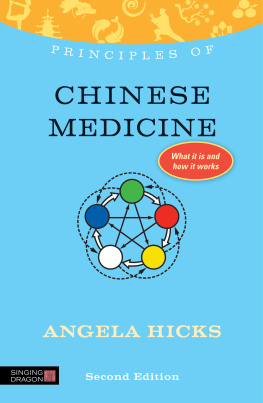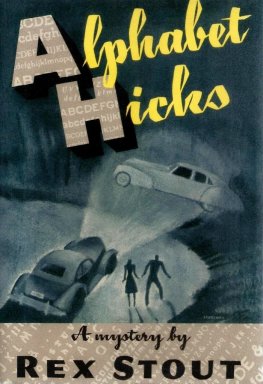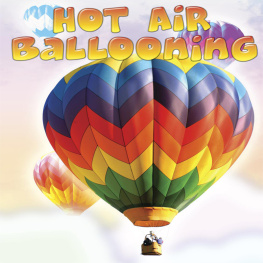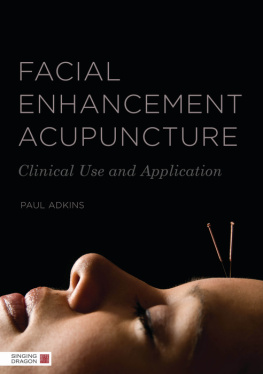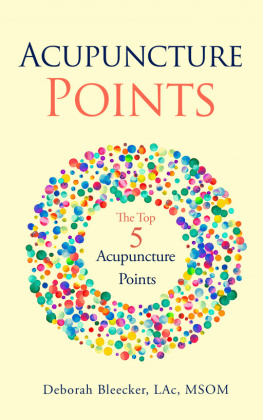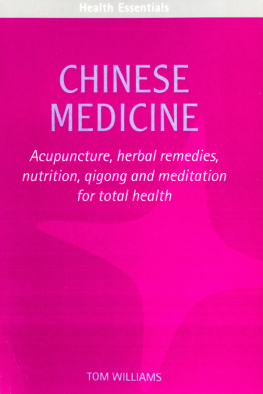Table of Contents
Front matter
Five Element Constitutional Acupuncture
For Churchill Livingstone
Commissioning Editors: Karen Morley, Claire Wilson
Project Development Editors: Natalie Meylan, Louisa Welch
Project Manager: Alan Nicholson
Designer: Stewart Larking
Five Element Constitutional Acupuncture
SECOND EDITION
Angela Hicks, MAc, DIP CHM, MBAcC, MRCHM, Joint Principal of the College of Integrated Chinese Medicine, Reading, Berkshire, UK
John Hicks, PhD, DR Ac DIP CHM, MBAcC, MRCHM, Joint Principal of the College of Integrated Chinese Medicine, Reading, Berkshire, UK
Peter Mole, MA (OXON), MAc, MBAcC, Dean, College of Integrated Chinese Medicine, Reading, Berkshire, UK
Copyright
2011 Elsevier Ltd. All rights reserved.
The right of Angela Hicks, John Hicks and Peter Mole to be identified as the authors of this work has been asserted in accordance with the Copyright, Designs and Patents Act 1988.
No part of this publication may be reproduced or transmitted in any form or by any means, electronic or mechanical, including photocopying, recording, or any information storage and retrieval system, without permission in writing from the publisher. Details on how to seek permission, further information about the Publisher's permissions policies and our arrangements with organizations such as the Copyright Clearance Center and the Copyright Licensing Agency, can be found at our website: www.elsevier.com/permissions.
This book and the individual contributions contained in it are protected under copyright by the Publisher (other than as may be noted herein).
First edition 2004
Second edition 2011
ISBN 978-0-7020-3175-5
British Library Cataloguing in Publication Data
A catalogue record for this book is available from the British Library
Library of Congress Cataloging in Publication Data
A catalog record for this book is available from the Library of Congress
Notices
Knowledge and best practice in this field are constantly changing. As new research and experience broaden our understanding, changes in research methods, professional practices, or medical treatment may become necessary.
Practitioners and researchers must always rely on their own experience and knowledge in evaluating and using any information, methods, compounds, or experiments described herein. In using such information or methods they should be mindful of their own safety and the safety of others, including parties for whom they have a professional responsibility.
With respect to any drug or pharmaceutical products identified, readers are advised to check the most current information provided (i) on procedures featured or (ii) by the manufacturer of each product to be administered, to verify the recommended dose or formula, the method and duration of administration, and contraindications. It is the responsibility of practitioners, relying on their own experience and knowledge of their patients, to make diagnoses, to determine dosages and the best treatment for each individual patient, and to take all appropriate safety precautions.
To the fullest extent of the law, neither the Publisher nor the authors, contributors, or editors, assume any liability for any injury and/or damage to persons or property as a matter of products liability, negligence or otherwise, or from any use or operation of any methods, products, instructions, or ideas contained in the material herein.



Printed in China
Introduction
Chapter contents
Recent history
Diversity in Chinese medicine
The recent history of Five Element Acupuncture in the UK
What is Five Element Constitutional Acupuncture?
About this book and its authors
Notes to the edition
Acknowledgements
Recent history
The practice of Five Element Constitutional Acupuncture in the form described in this book is of relatively recent origin. It is based on the style developed some time in the late 1960s and 1970s by J. R. Worsley (19232003), an Englishman. He drew on passages in the Nei Jing and Nan Jing, as well as what he learnt from a number of teachers in the East and West in the 1960s (). (Note that throughout this book the abbreviation TCM is used to describe that style of Chinese medicine currently practised in China.)
Diversity in Chinese medicine
The history of Chinese medicine has been characterised by diversity and innovation. Its principles were laid down in antiquity and its style of practice has varied according to where and when it has been used. Recent scholarship has given us some glimpse of just how varied and innovative the practice of acupuncture has been (see ).
It is inevitable that Western practitioners, steeped in the philosophical and intellectual traditions of the West, will continue to evolve new ways of practising acupuncture that honour traditional Chinese concepts and introduce ideas and practices from Western traditions.
There are currently a number of styles of acupuncture being practised in Western countries. Some have little or no basis in the classics of Chinese medicine. All were essentially formulated in the late twentieth century. Some were developed in countries with long traditions of traditional acupuncture; some arose in the West. Styles that draw on traditional concepts include TCM (China; the countries in brackets indicate the country of origin), Tong family style (Taiwan), Eight Constitutions (Korea), Meridian Therapy (Japan), Six Energetic levels (France), Stems and Branches (China), and Five Element Constitutional Acupuncture (UK). Even within these styles, individual practitioners and teachers practise in quite different ways from each other.
There is as yet no adequate research that establishes the relative efficacy of these various styles of diagnosis and treatment. TCM, with the backing of the Chinese government, is currently the style practised by the majority of practitioners. It has contributed greatly to the spread and acceptance of acupuncture throughout the world. The other styles, however, with their emphasis on other traditional concepts, have much to offer both patients and practitioners.
Chinese medicine has always had a continuous tendency toward a syncretism of all ideas that exist (within accepted limits). Somehow a way was always found in China to reconcile opposing views and to build bridges (, p. 51). It is to be hoped that colleges of acupuncture, professional associations and statutory bodies will continue to respect the diversity of traditional acupuncture and these styles will continue to flourish.
The recent history of Five Element Acupuncture in the UK
In the 1960s there was a loose grouping of practitioners of various forms of medicine who showed a keen interest in acupuncture. J. R. Worsley, who was previously trained as a physiotherapist and naturopath, was a member of this group and attended seminars in the UK given by various teachers of acupuncture (). In the absence of teachers from China, due to the political situation at the time, he and others learnt from practitioners from Japan, Korea, Taiwan, Vietnam, Hong Kong and Singapore, as well as Europe. J. R. Worsley also visited the Far East several times.







